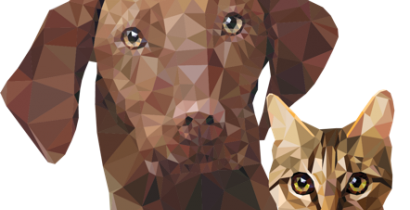Home -> Vectors -> Sand Flies -> Morphology
MORPHOLOGY
Sand flies are small insects. Their length is 1.2-3.7 mm (Perfiliev, 1968).
Head, thorax, abdomen and appendages are covered with hairs which give a "fluffy" appearance. The palps reach beyond the proboscis and are almost folded in two. The wings are raised above the body. The apex of the wings is directed posteriad and laterad. Legs are long and slender (Perfiliev, 1968).
Sand flies which are disturbed on a wall, do not usually fly, but jump away, rising to the ceiling. This jumping behaviour, the raised wings and the "fluffiness" are reported to be so characteristic that recognition of a live sand fly and distinguishing it from other small insects is possible (Perfiliev, 1968).
Females and males can be distinguished by the naked eye. In females, the end of the abdomen appears blunt. The abdomen is narrow immediately after hatching, inflated and reddish after the first blood meal, brown to black after digestion and markedly thicker with a yellowish shade during egg development. The male abdomen resembles that of unfed females or even thinner and ends in paired appendages, appearing like small spines to the naked eye (Perfiliev, 1968).
Besides anatomical structures, techniques like isoenzyme electrophoresis, gas chromatography, monoclonal antibodies and DNA probes are used for species identification and differentiation.
References
Perfiliev PP: Fauna of U.S.S.R. Diptera. Phlebotomidae (sandflies). Acad. Sci. U.S.S.R. Zool. Inst. New Ser. No. 93, Vol. 3 No. 2, Israel Program for Scientific Translations, Jerusalem, 1968
EXPLORE OUR CONTENT
 CVBD MapsThe CVBD Occurence World Map presents country-specific situations based on current scientific knowledge and feed-back from experts around the world in an easy-to-grasped way. |
| Read more-> |
 ResourcesElanco Animal Health supports education in parasitology and especially in the field of vector-borne diseases. Access image collections, discover the World Forum calendar, interesting links and our glossary. |
| Read more-> |
 CVBD World ForumThe CVBD World Forum is a working group of leading international experts with the mission to enhance knowledge and communication on companion animal vector-borne diseases for the improvement of animal, human, and environmental health. |
| Read more-> |
